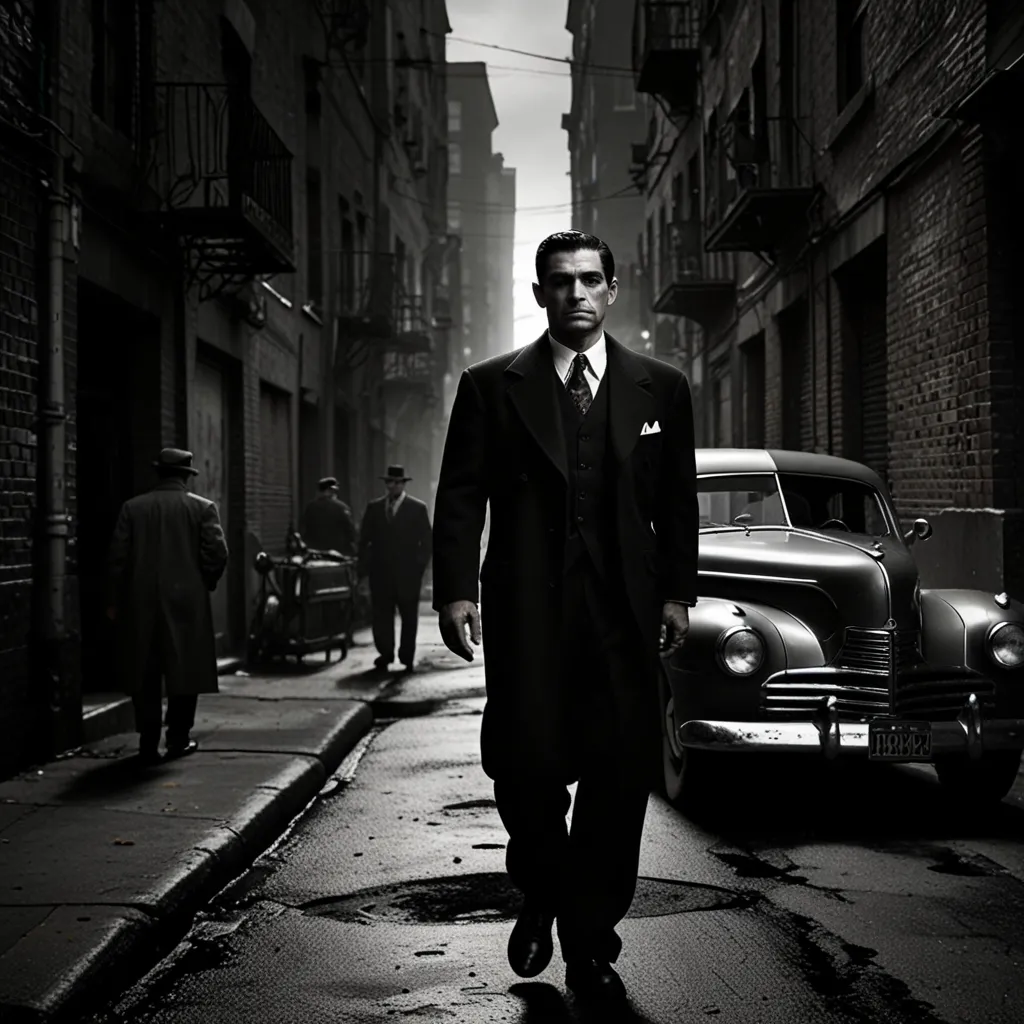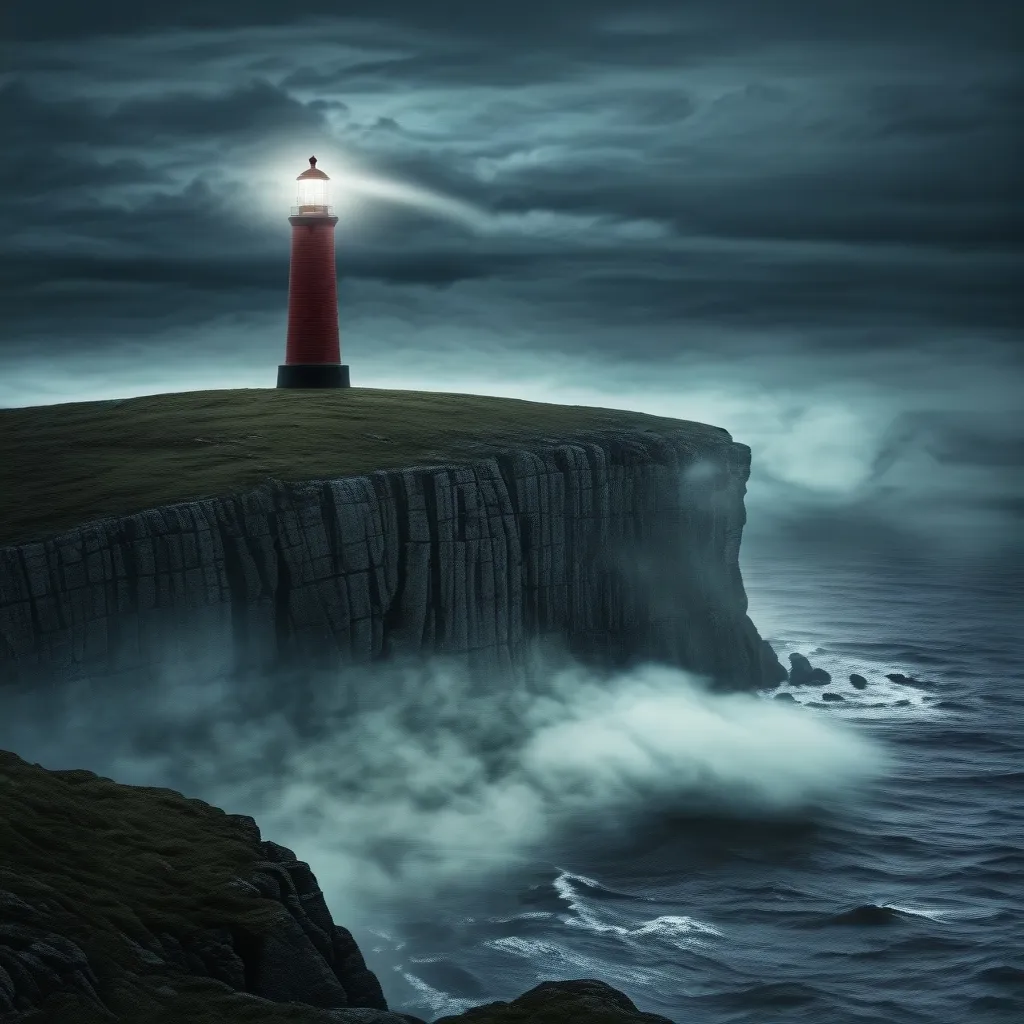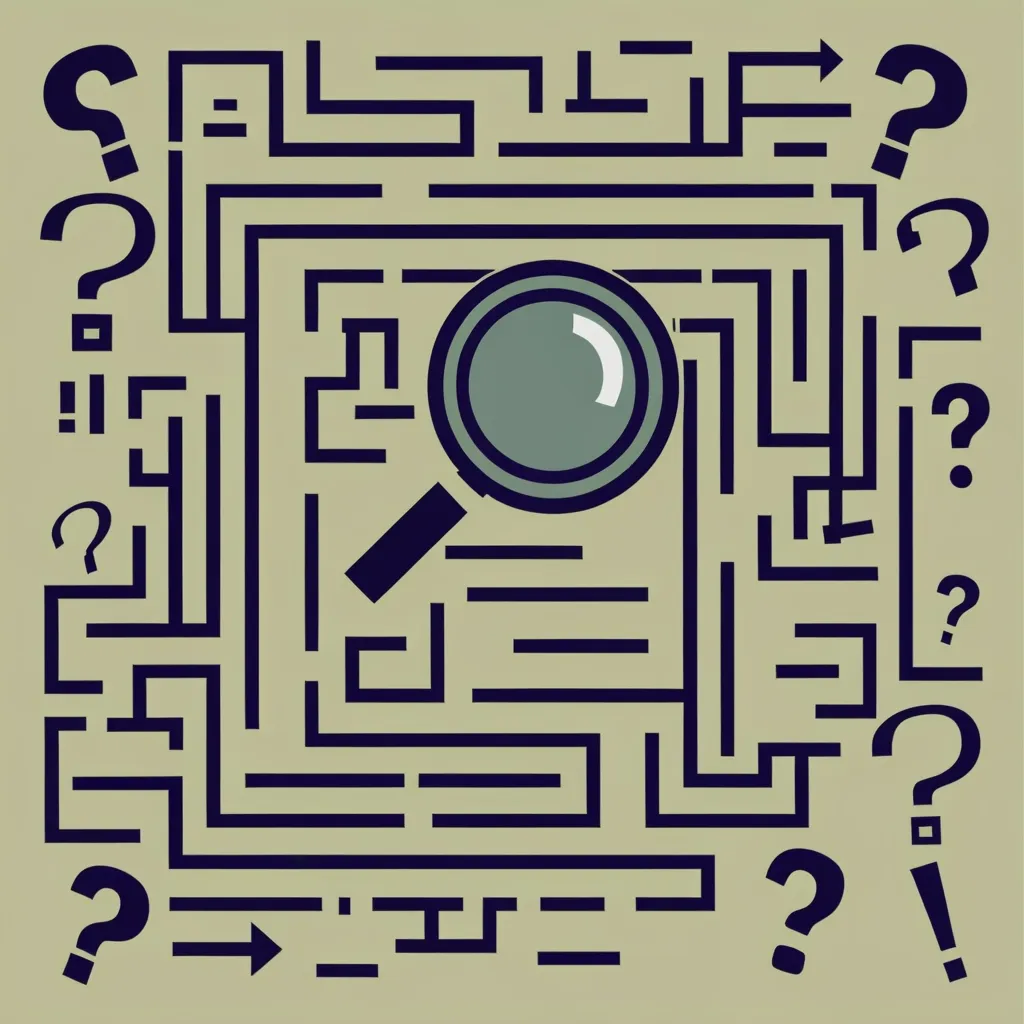In 1948, every major city in America was suddenly flooded with heroin. The man in charge of federal narcotics at the time, Harry Anslinger, wanted to know how this happened. In a twist of fate, a confidential informant revealed that the head of this operation was none other than Lucky Luciano, the infamous boss of the mafia’s national crime syndicate. It was strange because, traditionally, the mob didn’t mess with drugs.
Anslinger wasn’t about to let this slide. He sent his agents straight to Sicily, where they caught Luciano red-handed, preparing a massive half-ton shipment of heroin destined for New York via Havana. Since the U.S. had no jurisdiction in Sicily, Anslinger needed help from the local police. When the local cops refused to make an arrest, Anslinger called the U.S. Embassy in Palermo. To his utter shock, he was told to stand down by a young man who said that Luciano was working for the CIA. Imagine that—a notorious crime boss collaborating with the Central Intelligence Agency.
After World War II, Europe found itself split between the Western Allies and the Soviets, setting the stage for the Cold War. The Soviet Union had occupied many Eastern European countries and wasn’t looking to give them up. The U.S. needed a strategy to keep the Soviets in check, and they called on Alan Dulles of the CIA to make it happen.
Dulles was no stranger to espionage; he had been the OSS station chief in Switzerland during the war. A radical plan crossed his desk: train ordinary citizens for guerrilla warfare, sabotage, and propaganda to resist Soviet influence. The plan was accepted, and Dulles turned to some unexpected allies—former Nazis.
Under a top-secret program called Operation Paperclip, the U.S. had brought numerous Nazi scientists, engineers, and technicians over to work on projects, despite their dark pasts. Among them was General Reinhard Gehlen, Hitler’s intelligence chief on the Eastern Front. He had a wealth of Soviet intelligence and, in return for protecting him from war crimes charges, the U.S. welcomed him into their fold. Gehlen recruited ex-Nazis to form a secret paramilitary organization called “Werewolves” to safeguard against Soviet aggression.
The plots thickened over time as the CIA needed money to fund these secret ops. Enter Colonel Paul Helwell, who saw a golden opportunity in opium. He worked out of China, where he used Civil Air Transport airlines to smuggle drugs. The planes were then sold to the CIA’s secret fleet known as Air America, which moved drugs across various war zones for years.
But flooding the American market with drugs required a vast and effective distribution network, and the CIA found its perfect partner in the Mafia. Despite their initial resistance to dealing drugs, the Mafia couldn’t pass up the enormous profits. Luciano’s network became instrumental in moving the heroin into states, hidden within sardine cans, wheels of cheese, and barrels of olive oil. Even the Teamsters, under Jimmy Hoffa, helped distribute the drugs across the U.S.
Where would all this drug money go? Straight into the Vatican Bank, of course. The bank was known for its secrecy and lack of scrutiny from international law, making it the ideal place to launder this dirty money.
As the Cold War raged on, political stability in Italy wobbled with bombings, assassinations, and relentless terrorist activities. Italy was front and center in this battle, with operation Gladio—created to create fear and instability—reached its peak during Italy’s national elections. Psyched-up by anti-communist propaganda funded by untraceable drug money, the citizens voted against the Communist Party, altering the course of history.
As years went on, the deeply entwined relationships between the CIA, the Mafia, and even the Vatican saw the furtherance of vast conspiracy theories and tragic real-life consequences. Innocent lives lost, covered-up investigations, and secret black money transactions all emerged to form a tangled web of deceit and manipulation.
Journalist Gary Webb later connected the CIA to Nicaraguan Contra trafficking of cocaine into the U.S., bringing the drug issues back to the forefront. Even with an investigation led by the CIA itself, which unsurprisingly cleared them of official wrongdoing, many saw through this thin veil. Whistleblowers and even high-ranking officials spoke out, pointing fingers and demanding accountability.
In the end, it’s unsettling to think about the lengths to which these powerful entities would go to maintain control and keep enemies at bay, even if those enemies were overblown or non-existent. The Soviet threat was real but possibly exaggerated, feeding into a narrative that ensured ceaseless military and intelligence spending.
Eisenhower’s warning about the military-industrial complex and the unchecked power of intelligence agencies now seems like a prophecy fulfilled. Both had grown powerful enough to undermine democracy while maintaining their grip on global affairs through a blend of fear tactics, secret armies, and dirty money.
The truth may still be obscured by official narratives, but the pieces of the puzzle suggest a grim picture: the same agencies that promised to protect us may have also played a key role in some of the darkest chapters in modern history.






